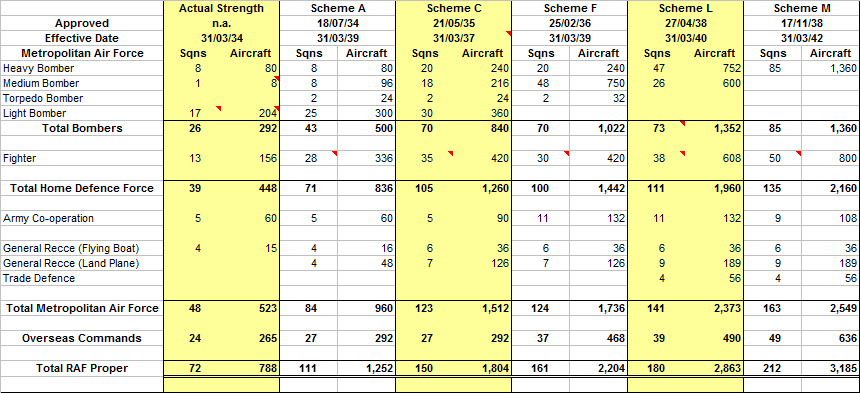And something else to consider if you start axing particular types. How long to retool a factory? And what knock on effects does that have on subsequent types? Some of this planning was being done years in advance. For example Fairey was operating 2 factories.
Hayes - Swordfish to Feb 1940. Albacores from Nov 1939. Then Fireflies.
Stockport - Battles from 1937. Then Fulmars from Jan 1940, then Barracudas from 1942 (but that was planned in 1939 even though the date moved a bit to the right in the end).
But Stockport also built components for Beaufighters and Halifax.
Blackburn was able to take on Swordfish production because it ha finished producing Skuas and Rocs. First left the factory in Dec 1940.
Hayes - Swordfish to Feb 1940. Albacores from Nov 1939. Then Fireflies.
Stockport - Battles from 1937. Then Fulmars from Jan 1940, then Barracudas from 1942 (but that was planned in 1939 even though the date moved a bit to the right in the end).
But Stockport also built components for Beaufighters and Halifax.
Blackburn was able to take on Swordfish production because it ha finished producing Skuas and Rocs. First left the factory in Dec 1940.

